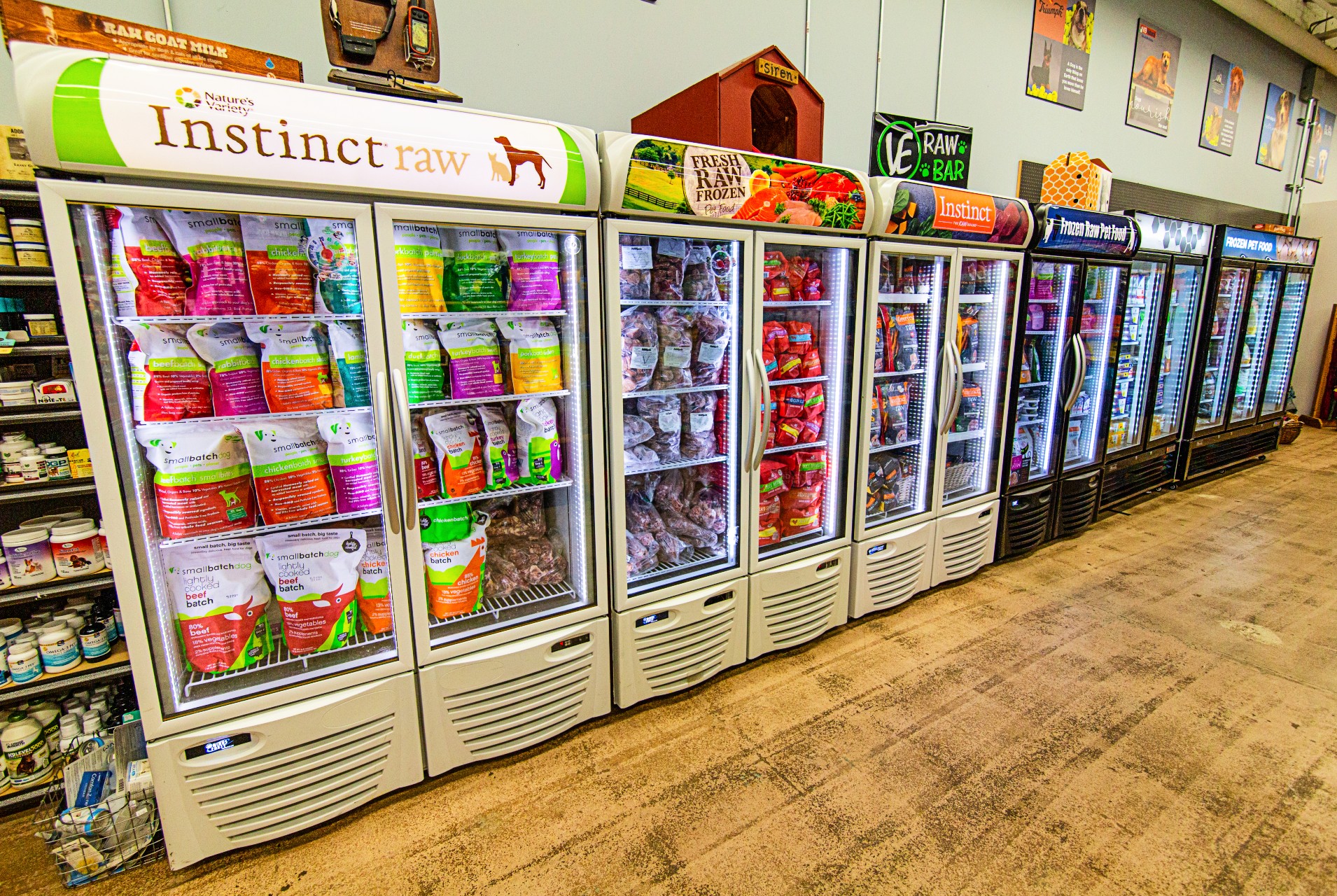Raw Pet Food Safety: Understanding the Risks

NorthPoint’s founder, Nicole Cammack, a Ph.D. candidate at the University of Georgia’s College of Veterinary Medicine
Choosing a diet for your pets is no small decision, especially when considering raw, minimally processed (MP) diets. Due to their perceived health benefits, these diets are becoming increasingly popular. However, there is also concern about the potential transmission of foodborne pathogens. A recent study led by NorthPoint’s founder, Nicole Cammack, a Ph.D. candidate at the University of Georgia’s College of Veterinary Medicine, provides valuable insights for any pet owner considering or currently feeding their pets a raw diet.
Research Overview
Nicole’s study surveyed 5,611 households across 62 countries to assess the frequency of pathogen transmission from raw diets to humans. The objective of this extensive survey was to gather owner-reported data on whether individuals in their households had contracted illnesses that could be linked back to the raw diets fed to their pets.
Findings
- Of the households that fed raw-only diets to their dogs and/or cats, 77.1% reported no confirmed cases of pathogen transmission or infection by laboratory testing.
- Eleven households (0.20%) were classified as having experienced “probable” transmission, and 20 households (0.36%) were classified as having experienced “possible” transmission.
- The remainder of households (99.45%) were not considered to have experienced potential transmission of foodborne pathogens.
- The most frequently reported pathogens were Salmonella (0.2%), Campylobacter (0.1%), and Escherichia coli (0.1%), all of which are known to pose health risks in both raw and cooked meats.
- The most commonly fed proteins were beef and chicken. However, these meats were not associated with pathogen transmission. Protein sources used by households with decreased pathogen transmission risk included pork, turkey, duck, rabbit, and salmon.
Why This Research Matters to Pet Owners
The findings of this study are critical for pet owners for several reasons:
- Low transmission rates: The research revealed that the actual owner-reported transmission of pathogens is exceedingly rare, with only 0.55% of the surveyed households reporting possible or probable transmission cases. This low percentage suggests that while the risk exists, it may not be as prevalent as some fear as long as proper safety measures are in place.
- Impact of hygiene practices: The study emphasized the importance of basic hygiene and proper food handling. Households that used separate utensils and preparation areas for pet foods reported fewer transmission cases.
- Dietary diversity: Households that included a broader variety of proteins in their pets’ diets experienced fewer pathogen transmission issues. This suggests that diversity in diet not only can contribute to nutritional balance but also potentially mitigate the risks associated with pathogens.
Practical Advice for Dog Owners
If you’re currently feeding or considering an MP-based diet for your pet, Nicci’s research confirms three basic precepts:
- Follow strict hygiene practices: Contrary to common belief, the study found that households that prepared their pets’ food in the same place with the same utensils (for instance, the kitchen) had fewer reports of pathogen or suspected pathogen transmission compared to those who prepared their pets’ food in a separate location (e.g., garage). This is likely because people maintain consistent hygiene standards in their kitchen, ensuring thorough cleaning, unlike when food is prepared in a separate location with different utensils.
Always wash your pet’s food bowls after eating, as well as any surfaces and utensils that have come into contact with food. Cleaning and sanitation practices for pet food should be the same as you would use for handling raw meat when cooking for yourself.
- Increase diet variety: Incorporating a variety of protein sources can help reduce the risk of pathogen transmission and enhance the overall health benefits to your pet.
- Educate yourself and your family members: Understanding and implementing basic food safety practices is crucial. Wash utensils, bowls, and kitchen surfaces before and after using them. Also, wash your hands with warm water and soap for at least 20 seconds before and after handling any food. These are great practices to teach any children handling pet food, regardless of type (kibble, canned, freeze-dried, cooked, or raw), as all pet food types carry the risk of pathogens!
The Importance of Safety Practices in Raw Diets
According to this study, raw diets are relatively safe when handled correctly, emphasizing the importance of safety training and practices. By following the recommended safety measures, pet owners can significantly reduce the risk of transmitting pathogens to their pets.
At NorthPoint Pets, we encourage all pet owners to stay informed and proactive about their pets’ nutrition. That’s why we encourage you to visit our store for a personalized nutrition consultation to ensure that your pet’s diet is safe and perfectly tailored to their health needs. Together, we can make informed decisions prioritizing our pets’ and families’ well-being.
*This article is for informational purposes only. It is not meant to provide medical advice or replace the advice of a qualified veterinarian.
Reference:
-
- Cammack NR, Yamka RM, Adams VJ. Low number of owner-reported suspected transmission of foodborne pathogens from raw meat-based diets fed to dogs and/or cats. Frontiers. September 10, 2021. Accessed April 18, 2024. https://www.frontiersin.org/articles/10.3389/fvets.2021.741575/full.






